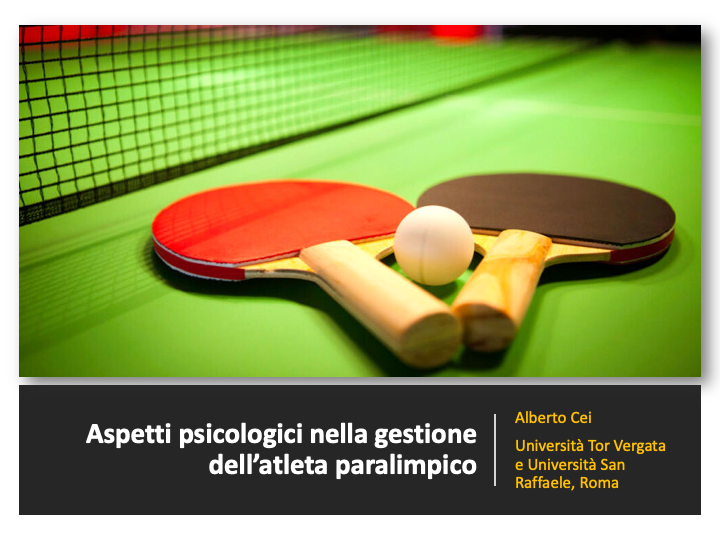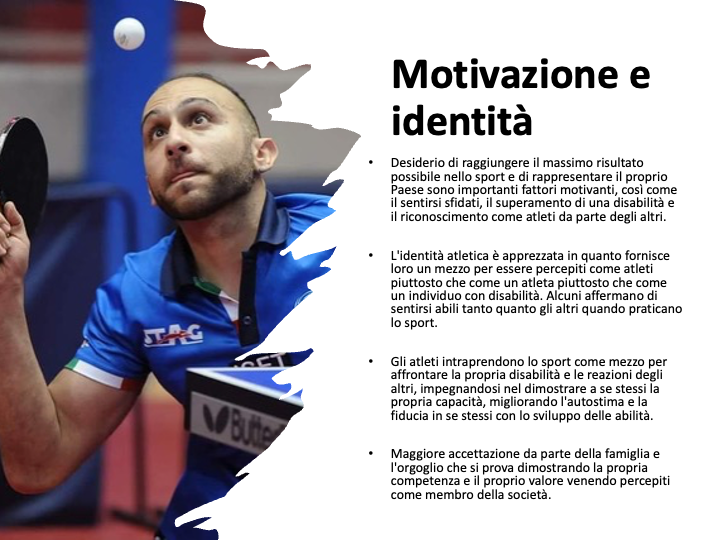The new Ipsos-Legambiente survey on the mobility styles of Italians has highlighted that we are moving less, but much more on foot and by private car, at the expense of public transportation and cycling. The combination of pandemic, energy crisis and inflation presses on and increases the gaps.
The survey is part of the Clean Cities Campaign, a European network of environmental associations and grassroots movements that aims to radically improve air quality through more sustainable mobility styles, redistribution of urban space in favor of weak users and conversion of transport to electric. Areas of intervention on which, for Legambiente, we need to accelerate the pace with ad hoc interventions and measures: expansion of bicycle lanes, limited traffic zones, and enhancement of mass rapid transit, just to name a few, in order to arrive at a more sustainable mobility system.
Compared to 2019, car use is also increasing in Milan and Florence in percentage terms, but we also move a lot by public transport and even by bicycle. In Turin we move more on foot, while in Naples and Rome we use the car more.
We continue to use the car, even in short stretches and especially outside large population centers. Of the total number of trips, compared to 2019, 28 percent of the sample say they use the car more.
More walking, especially in the city: on total trips, compared to 4-5 years ago, 38% of respondents walk more. In Turin 49% walk more, in Milan and Rome 47-48%, in Florence and Naples 43-44%. Walking trips are also an opportunity to save on fuel or the single bus ticket when the journey is short. With this new trend, the “15-minute city,” the urban redesign that wants to design all essential services-work, stores, health care, education, wellness, culture, shopping and entertainment-in close proximity to the residence, is gaining in relevance. In dense cities it is already, in part, a reality.
The weakest link in mobility is local public transportation, used less by 31% of respondents, compared to 2019. Use increases for only 9%, unchanged for 29-30%, while the remaining 30-31% never use it, because it is too inconvenient or unreachable. Poor frequency of rides and unreliable schedules also discourage.
For short and long distances people use the car, which is on average 12 years old, polluting and with high fuel consumption. The new car is no longer for everyone. The average purchase price has increased by 32 percent in the last decade, from 18,857 euros in 2012 to 24,891 euros in 2021 (Unrae data), and average purchasing power has decreased.
After the lockdown, many Italians are poorer, and the crisis, combined with the chronic shortage of trains and streetcars, is forcing people to move less, even by public transport. People are walking more, but not by ecological choice. Positive signs only in cities that have increased public transportation offerings, promoted season tickets and bike lanes, such as Milan and Florence.
In Milan and Florence, bicycle use has increased in 21 percent. Confirming that where there are policies that direct the new mobility, positive changes are achieved. Italians are well willing to leave their cars at home in favor of scooters or bicycles, if there were safer streets and the maximum speed in the center was limited to 20-30 km per hour; and in favor of public and shared transportation, if there were more efficient, widespread and economical services. In addition, the majority of Italians are in favor of a gradual ban on the circulation of polluting vehicles in built-up areas.






